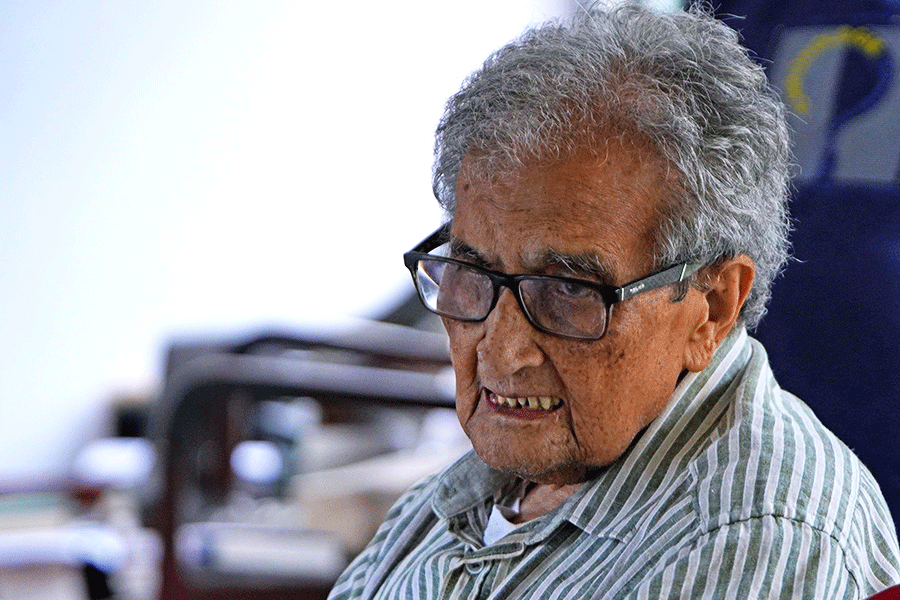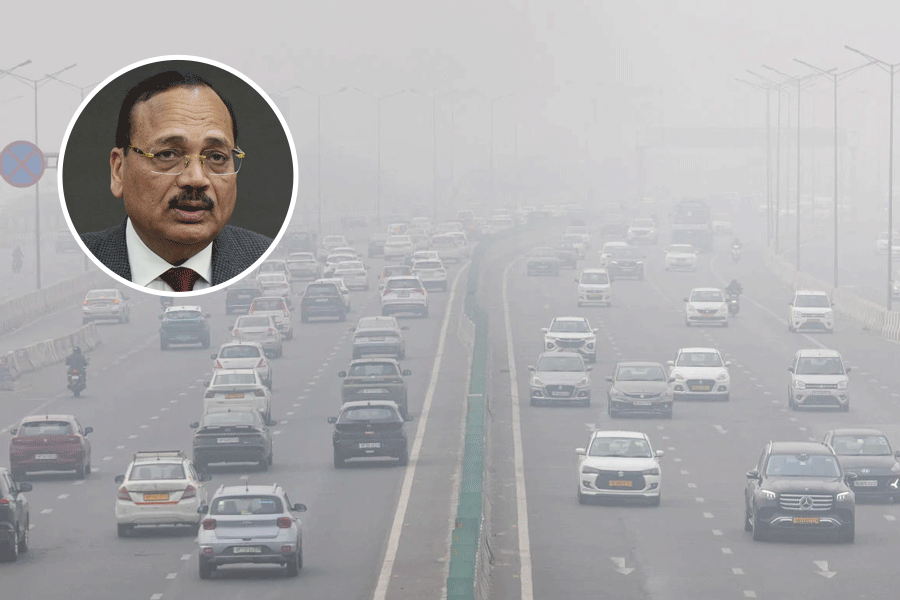Lack of basic facilities is prompting many colleges to shy away from seeking a national accreditation, a lapse that can cost them crores of rupees in grant.
The University Grants Commission has set March 2017 as the deadline for all colleges to get themselves evaluated by the Bangalore-based National Assessment and Accreditation Council.
The state government had last year asked all colleges to upload reports on the facilities on their campuses - the first step in the process to seek accreditation - on the UGC website by December 2015.
From this year, the UGC has decided to "strictly enforce" the rule that a college without a NAAC rating would be denied funds from the national body. The accreditation council is an autonomous body under the UGC.
At least a "B" rating by the NAAC is required for funds under the Rashtriya Uchchatar Siksha Abhiyan. A college with such a rating becomes eligible for up to Rs 2 crore under the Rashtriya Uchchatar Siksha Abhiyan till March 31, 2017.
A NAAC accreditation remains valid for five years, after which a college has to seek a renewal.
Several colleges in Calcutta have realised while preparing the report on their facilities that they fail on several counts in meeting the NAAC criteria.
The parameters that NAAC consider while deciding on a rating include the number of classrooms, condition of the laboratories, quality of the library and availability of facilities for sports and cultural activities.
The faculty strength, academic performance of the students, placement opportunities and facilities for girls are among the other key criteria. NAAC inspectors also take into account how a college deals with issues related to gender sensitivity and human rights.
Metro visited many colleges over the past fortnight and found that quite a few of them lacked some basic facilities. Some colleges, for example, lack adequate number of classrooms compared with the number of students.
Some do not have proper libraries and clean rest rooms for girls. In some co-educational colleges, there is no exclusive common room for girls.
Some colleges do not have a canteen for students, while at least three do not have any whole-time teacher.
A college must have all these facilities to be eligible for UGC funds.
The heads of several colleges this newspaper spoke to said they had not been able to prepare the self-study report - which list the facilities an institution has - because of the shortcomings. "In the absence of these facilities, a NAAC rating will remain elusive," the principal of a city college said.
The UGC had made the NAAC accreditation compulsory for all colleges in the early 2000s but only a few bothered to get the rating. The regulatory body, on its part, was never strict on the matter.
Of the 501 general degree colleges in Bengal, only 72 have NAAC accreditation.
After repeated reminders to get a NAAC rating fell on deaf ears, the UGC decided to be strict in disbursing the funds and set March 2017 as the deadline for getting the accreditation.
An official in the state higher education department said many colleges would miss the December 2015 deadline to upload their self-study reports on the UGC website.
The official, however, wondered why these colleges did not take measures in time to address the shortcomings despite being aware of the deadline. "We had made it clear that each and every college would have to meet the December 31 deadline. There is no question of any relaxation," the official said.
A principal, however, alleged, lack of funds and cooperation from the state government had prevented his college from upgrading the facilities.
Sources in the higher education department said the colleges lacking basic infrastructure were likely to underplay the deficiencies in their reports. "Such a report is unlikely to pass the UGC test," an official said.
The 48-year-old Chittaranjan College in central Calcutta has not been accredited till date and is yet to start preparing its self-study report. "UGC rules state there has to be at least one canteen for students. We don't have any canteen because of space crunch," principal Shyamalendu Chatterjee said.
Iqbal Jaweed, the principal of Surendranath College (evening), said his institution had last been evaluated in 2007. It had got a C++ rating.
The 2007 NAAC report had highlighted certain shortcomings of the college, such as the absence of a proper common room for students and a "well organised" room for the principal.
"The NAAC report had urged us to do the needful but we have not been able to do so because of space problems," Jaweed said.
The college has been "compelled" to write to the UGC and the education department, informing them about the institution's inability to apply for a NAAC accreditation now.
HANGING FIRE
♦ In focus: NAAC rating
♦ Status: Colleges yet to seek rating
♦ Reason: Lack of infrastructure










